As consumers grow more adventurous, the market is full of more and more eccentric fruit & veg. Are they worth the bother?
What would Fanny Cradock make of it? In her 1950s heyday, an avocado was a rarity, no one had ever heard of a kiwi let alone kiwiberries, and any tropical fruit more exotic than a banana was considered forbidden fruit to the average British housewife. Not any more. Over the last few years, fruit and veg have become stranger and stranger. Witness the purple potatoes in Morrisons’ new supermarket-of-the-future format, Tesco’s new Raspberry Ripple apples and theAugust launch of the grango - a grape that tastes like a mango - in Marks & Spencer as proof of the experimentation that’s at play in our fresh produce aisles.
“When we launch a product, it will often be in limited supply. If successful, the quantity produced will gradually increase”
But why is this happening? And are these examples of strange fruit and veg ‘here today, gone tomorrow’ - or do these new varieties generate lasting incremental sales for the retailers?
There are a number of reasons for the growth in novelty fruit and veg. Consumers are more adventurous, thanks to foreign travel and celebrity chefs. Technology is also playing a part in helping to develop new breeds, and with the opportunities afforded by scale, there’s also more incentive for growers to do so. And for retailers, unusual lines bring a bit of excitement to fresh produce aisles, generating sales and often attracting lots of positive press coverage in the process.
Take pineberries, for example. This South American fruit, which resembles a white strawberry but smells and tastes uncannily like pineapple, hit the fresh aisles of Waitrose this spring, following a trial in 2011. The new range followed the introduction of strasberries (that’s right, a raspberry/strawberry hybrid) in 2008.
Weird fruit
Raspberry Ripple apples: Time was when raspberry ripple was a concept consigned to ice cream tubs. However, apples with red flesh that taste a little bit like raspberries appeared on the shelves of UK stores for the first time this summer. The apples were found by chance in an orchard near Hereford and were developed by fruit tree nursery Frank Matthews. Tesco started offering the eye-catching bright red apples on a trial basis in three stores in September at £2 per pack of five. If the trial is successful, the retailer is contemplating a wider roll-out of the Raspberry Ripple apples next year.
Kiwiberries: Previously grown in Italy, Holland, South America and New Zealand, Sainsbury’s started selling kiwiberries grown in Herefordshire in September this year. Kiwiberries are the size of a grape and a sweeter alternative to the kiwi. The fruit, which retails for £2.75 per 125g pack, is currently only available in selected stores in Herefordshire and the South West, but Sainsbury’s hopes to extend the rollout and is working closely with the grower to produce a larger crop in the future. Sainsbury’s also started selling Cotton Candy - a white grape with the flavour of candy floss - in September following a successful launch last year.
Pineberries: Described by Waitrose as an “Alice in Wonderland-style fruit”, the retailer started stocking this berry, which displays the characteristics of both strawberries and pineapples, in 2010. The tiny berries, which have the same genetic make-up as the common strawberry but smell like pineapples, were grown in the Netherlands and sold on a trial basis in 45 Waitrose stores during their first year of sale. The retailer says the original batch of pineberries sold out in double quick time, so it increased the volume of berries it stocked for the five weeks the berries were in season during 2011 and 2012.
Grango: This variety of seedless grape that purportedly tastes of mango was launched into 200 M&S stores in August, priced at £1.50 for 230g. Grown in South East Spain, M&S grape product developer Zeina Orfali said the retailer had been working on trials of the Tutti Frutti grape variety since 2007. The introduction of the grango grapes continued to build on the fruit hybrid theme for M&S, which earlier in the year unveiled the ‘papple’ to a great fanfare of publicity. This cross between a pear and an apple - it looks and tastes like an apple but has the skin and texture of a pear - was priced at £1 per papple.
Although volume sales of pineberries are slowly increasing, strange fruits are typically sold in relatively small amounts, for obvious reasons - no one wants to be left with tonnes of unusual fruit and veg that nobody wants to eat. As a result, fresh produce development manager David Northcroft says Waitrose takes a softly-softly approach.
“When we launch a new product, it will often be in limited supply and could be very seasonal,” he says. “If successful, the quantity produced will gradually increase based on seed availability, new sources and plantings, growing conditions and customer demand.”
This cautious approach paid dividends with Waitrose’s sea vegetable range. Demand for British grown samphire, which a few years ago would only have been on offer in high-end restaurants, outstripped supply in Waitrose stores in 2010. Since then demand has continued to surge, with 2012 sales up 34% year-on-year. The retailers’ sea vegetables range has been so successful, sea aster and oyster leaf have been added to the range.
The potential novelty factor of these products is key when it comes to retailers’ deliberations over adding a new line in fresh produce, as M&S vegetable buyer Louisa Read explains.
“The PR surrounding the launch encourages customers to visit the store,” says Read. “It helps shoppers see us as a retailer that is always developing new ideas and it creates a point of difference from our competitors.”
But she sounds a note of caution. “Unfamiliar vegetables can be harder to market. We did offer red and cream-coloured carrots at one time but they did not pick up a consistent following.”
Colourful carrots may have bombed, but M&S struck gold - or should that be purple - with its flower sprout. The retailer exclusively launched this cross between a Brussels sprout and kale - but with a milder, sweeter taste than the former and an appealing purple colour - in January 2010. Since then the retailer says that flower sprouts, which are now sold nationwide, have found a loyal following among shoppers.
Wacky veg
Oyster leaf: Part of the Waitrose’s ‘sea vegetable’ range, the oyster leaf is a firm favourite of celebrity chefs, such as Ferran Adria of El Bulli fame. This fleshy, salty green leaf, which is traditionally found on British coastlines, has been christened the “vegetarian alternative to oysters” thanks to its seductive saltiness. Now grown on a Midlands farm, since its launch in August oyster leaf has had limited availability in selected Waitrose stores, where it retails at £1.99 for a 20g pack. The leaf can be served alongside white fish or like an oyster, straight up on a bed of crushed ice.
Reverse season British asparagus: This new variety of asparagus has the sweetness of traditional British asparagus but, crucially, sprouts in the UK in September and October. Grown in the Wye Valley, in Herefordshire, reverse season asparagus was launched this year in selected M&S stores priced at £2.99 per pack. The retailer says it spent almost five years working alongside grower John Chinn to develop the new product, which will be on shelves until November. Chinn believes the new variety will “revolutionise the asparagus industry”.
Flower sprout: This cross between a Brussels sprout and kale took Tozer Seeds more than a decade to develop, but since M&S started stocking it back in 2010, sales of the sprout have gone from strength to strength. The inspiration for the new variant, which has been described as a superfood thanks to the amount of vitamin C, E and B6 it contains, came from a desire to create a Brussels sprout with a more palatable flavour, that was versatile and looked great. The tiny cabbages with green leaves and streaks of purple are sold by M&S nationwide at £1.99 for 160g, although Tozer Seeds hopes sales of the sprout will escalate next year when other retailers can sell it.
Goku: It’s three times the size of a normal spring onion and as of last month it was stocked in more than 150 Waitrose branches nationwide. Goku, a native onion to Japan that’s now being grown on the dark sands of Norfolk, is a traditional Japanese cooking ingredient used in soups, stews or even raw in salads. Almost the size of a leek, packs of Goku onions retail at £2.99 for 400g. In May, Waitrose added a new home-grown alternative to pak choi to the fresh aisle in the form of tat soi. This dark green, Asian-inspired British-grown vegetable was sold for a limited period in 79 Waitrose stores for £1.99 per 200g pack.
And the reach of this curious hybrid could be about to widen further, according to David Rogers, UK sales director at Tozer Seeds, the company that spent more than 10 years developing flower sprouts. “Sales of the seed are going well and our arrangement of exclusivity with M&S ends in January next year, so it will be available to other retailers from early 2013,” he says. “Consumers like the appearance, which is not dissimilar to a small purple cabbage, and they like the flavour and they find it easy to wash and prepare. It also offers consistency to the grower, who knows that with the correct conditions they will get a reliable crop.”
Such practical considerations - yield, reliability and so on - are no longer the only things weighing on plant breeders’ minds. Increasingly, new varieties need to raise eyebrows, adds Rogers: “Traditionally, plant breeders focused on consistency, yield and disease resistance. The consumer view was secondary, but that has now changed.”
Retailers are now working more closely with plant breeders to ensure that the burgeoning demand for strange fruit and veg is met. Berry and asparagus specialist Hargreaves Plants uses Twitter to tap the minds of professionals in the food business and discuss emerging culinary trends. The company says it’s an invaluable source of data for events and feedback on new developments. And Rogers is hoping to build on the success of the flower sprout with further developments in brassicas, with new colours, shapes and textures, a hotter wild rocket and a runner bean that has the qualities of mangetout, to name a few new things in the pipeline. Fruit and veg could be about to get even stranger.



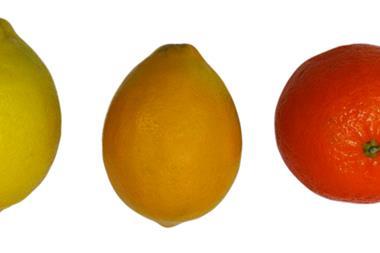
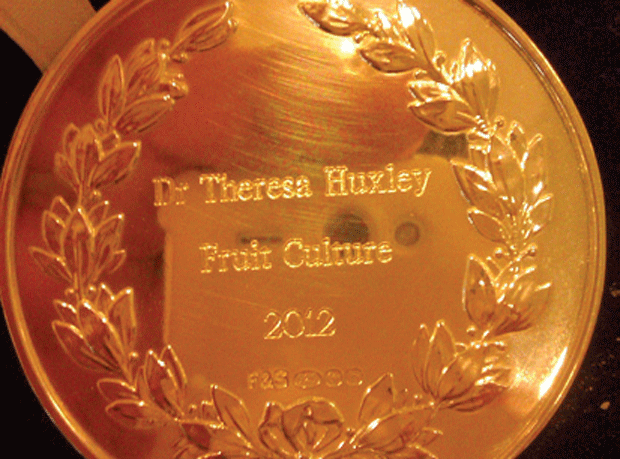
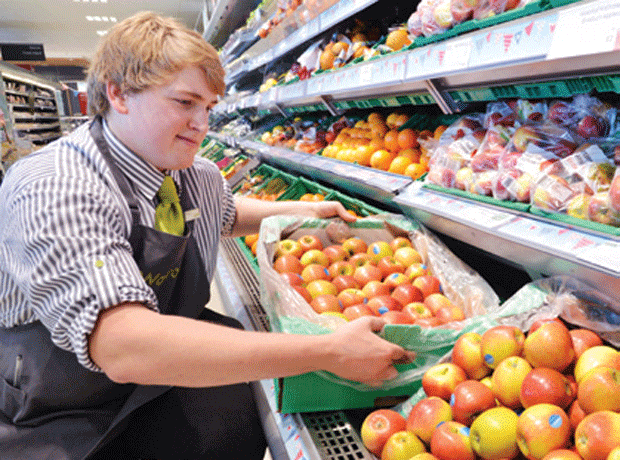
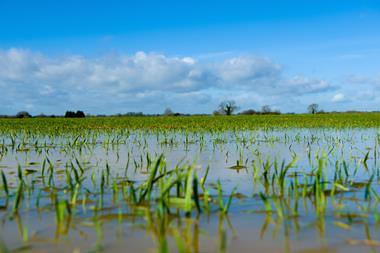
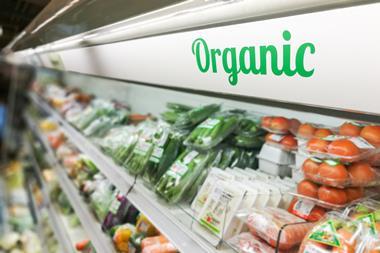

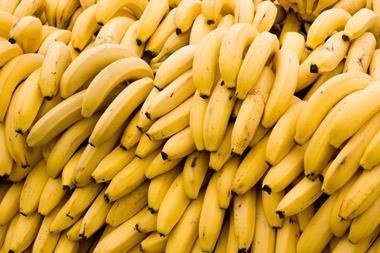
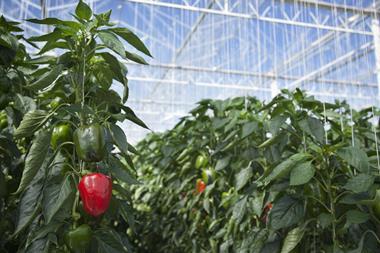


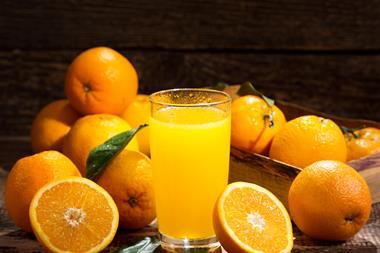

1 Readers' comment